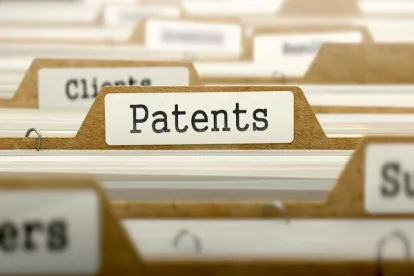For a third time in the past thirty days, a Judge Moore-led panel has found in favor of a patent owner defending its claims from an eligibility challenge under Section 101. In Exergen Corp. v. Kaz USA, Inc., Nos. 2016-2315, 2016-2341 (March 8, 2018), a panel majority (Moore, Bryson) upheld a lower court’s post-trial ruling that claims to a method for detecting body temperature using temperature readings from the forehead skin and ambient temperature were patent eligible. While finding that the claims employed a natural law, the majority held that the lower court’s conclusion that certain claim elements were not routine, well-understood, or conventional was a factual determination that “must be given clear error deference.” On that basis, the majority refused to overturn the lower court’s decision.
The majority’s opinion provoked a vigorous dissent from Judge Hughes, who would have found that “[e]ven under a deferential standard of review, the district court clearly erred by finding that the claims . . . embody an inventive concept.” According to Judge Hughes, the inventor merely identified the “coefficient that governs the relationship between core temperature and the temperature of skin above the temporal artery” for use in a “heat balance equation” that is a “mathematical representation of the law of nature that governs the relationship between skin, air, and core temperatures” and then used the equation to calculate and display core body temperature with a conventional temperature detector and display. The district court “never found” that the claimed elements were not conventional, but erroneously focused on whether the claim elements “were routinely used” for the purpose of calculating core body temperature, the “identical reasoning” that was rejected in Ariosa Diagnostics, Inc. v. Sequenom, Inc., 788 F.3d 1371 (Fed. Cir. 2015), cert denied, 136 S. Ct. 2511 (2016). According to Judge Hughes, the panel majority’s
“attempts to salvage the district court’s decision by emphasizing the novelty of the heat balance coefficient . . . misapplies the step two analysis from the Mayo/Alice framework. . . a patent-ineligible law of nature cannot be the inventive concept that ensures the claimed invention amounts to significantly more than a patent upon that law of nature.”
Takeaway: Like the other two cases decided in the past month (see our prior post), the panel majority’s decision in Exergen turned on its view that patent eligibility analysis requires resolving underlying factual questions regarding whether or not the claims contain unconventional or non-routine (“inventive”) elements. Unlike those cases, which involved allegedly improper fact finding at the motion to dismiss and summary judgment phases, the Exergen case involved review of an eligibility challenge decided after trial. Exergen therefore shows that shifting the character of the § 101 inquiry to a more fact-based analysis may make eligibility challenges more difficult at all phases of a patent infringement lawsuit. Indeed, the panel majority suggests that it might be open to the argument that factual issues underlying eligibility determinations must be heard by a jury; however, the panel did not reach the issue because the patent owner waived any right to a jury trial by agreeing before trial that the district court could “elect” not to have the jury decide the underlying factual issues and by failing to object to the district court’s decision that it would not present special verdict questions on § 101 to the jury. Plainly, requiring that § 101 issues be tried to a jury would add still another level of difficulty for patent infringement defendants.





 />i
/>i

